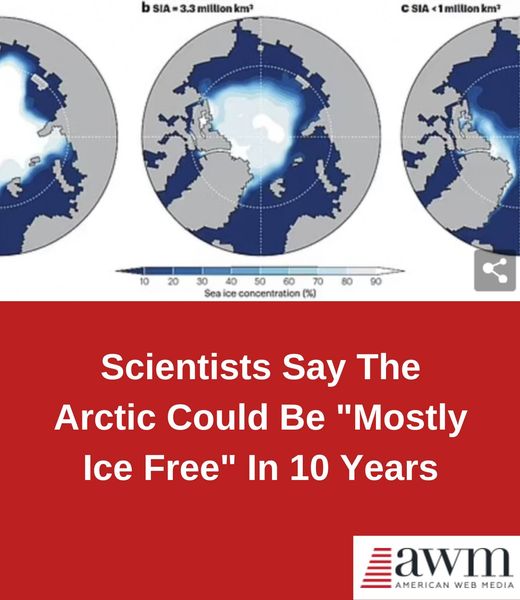On September 19, 2023, the Arctic experienced its sixth-lowest minimum ice extent since NASA initiated satellite tracking. Simultaneously, at the opposite pole, the Antarctic witnessed its smallest maximum ice coverage in recorded history. This alarming trend, though not novel, appears to be exacerbating.
Since NASA began satellite observations in 1978, Arctic sea ice has been steadily diminishing. According to recent analysis, there’s a looming possibility of the Arctic experiencing ice-free conditions in September by the 2020s or 2030s. However, “ice-free” doesn’t denote complete absence; rather, it signifies less than a million square kilometers of ice coverage. Even during the 2023 minimum, Arctic sea ice covered 1.63 million square miles or 4.23 million square kilometers. Predictions suggest that by the 2030s, summer ice in the Arctic could shrink to approximately 24 percent of its 2023 size, irrespective of emission scenarios.
Researchers anticipate that this reduction will persist, projecting frequent ice-free conditions in the Arctic by 2067, extending beyond just September to August and October. Nevertheless, mitigating greenhouse gas emissions could delay this milestone. Arctic ice melting demonstrates high sensitivity to carbon emission fluctuations, implying that emission reductions could forestall prolonged ice-free periods.
The study, published in Nature Reviews Earth & Environment, emphasizes the transformative impact of these changes. Alexandra Jahn, the study’s lead author and associate professor of atmospheric and oceanic sciences at CU Boulder’s Institute of Arctic and Alpine Research, underscores the urgency of emission reduction efforts, stating that even unavoidable ice-free conditions necessitate minimizing emissions to prevent prolonged ice-free periods.
These projections are derived from comprehensive analyses integrating various research findings rather than relying on a single data source. They portend significant consequences, particularly for wildlife dependent on sea ice. Polar bears, reliant on sea ice for hunting, have faced escalating challenges as their habitat dwindles. As Arctic ice diminishes, it facilitates easier navigation for shipping, potentially benefiting commercial interests in the region.
The Arctic’s increasing accessibility has enticed numerous companies, particularly from China, to operate in Russian-controlled Arctic territories. This surge in maritime activity poses new challenges for wildlife, notably marine mammals like blue whales. Ship engine noises can interfere with whale communication, exacerbating existing threats to their survival.
Moreover, melting Arctic ice exacerbates global warming by reducing the earth’s albedo effect. Declining ice cover diminishes the reflective surface that bounces sunlight back into space, accelerating the rate of melting and amplifying oceanic heat absorption. This feedback loop intensifies the frequency and severity of heatwaves, perpetuating a vicious cycle of warming and melting.
While these projections are alarming, there’s hope in the Arctic’s responsiveness to climate change. Unlike long-term geological processes like glacier formation, Arctic sea ice can regenerate relatively quickly if emissions are reduced. This underscores the importance of swift and decisive action to mitigate climate change and preserve the Arctic’s ecological integrity.
